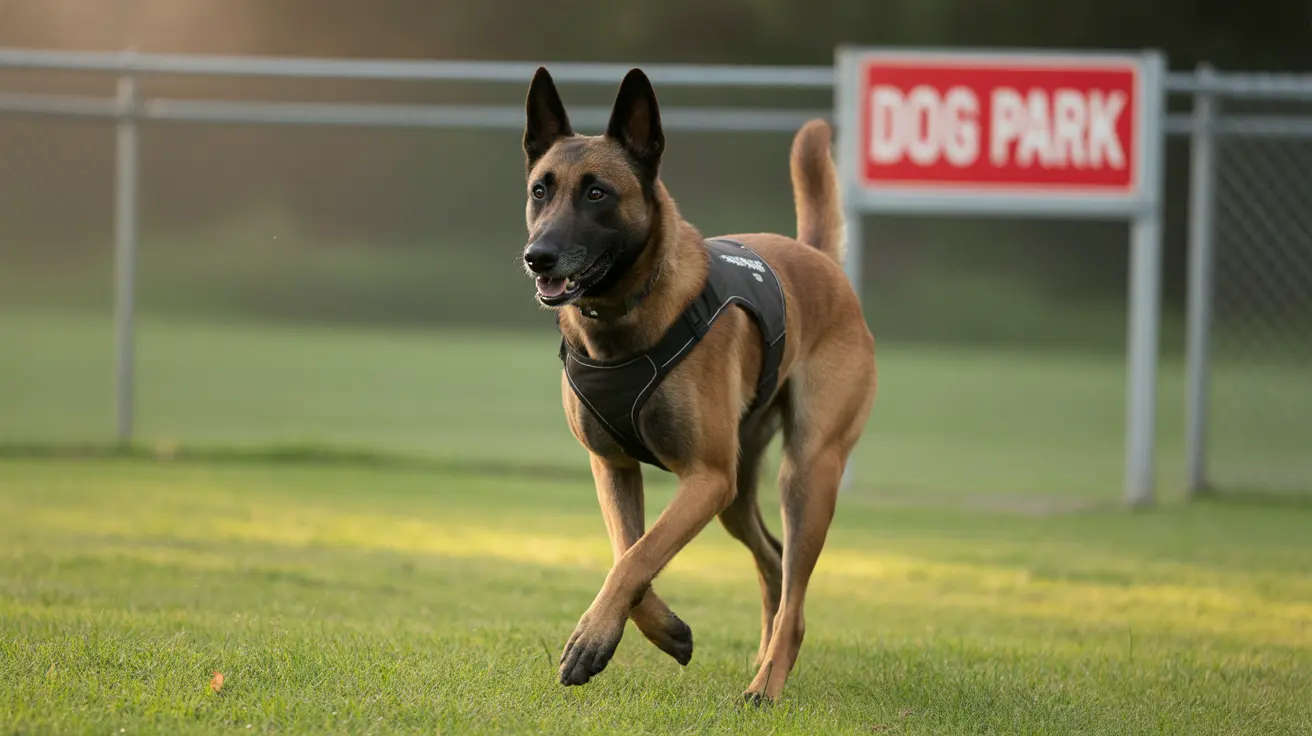If you're looking to enhance your dog's exercise routine or help manage behavioral issues, a weighted vest for dogs might be the solution you're seeking. These specialized garments are designed to provide both physical and mental benefits through strategic weight distribution and gentle pressure.
In this comprehensive guide, we'll explore how weighted vests work, their numerous benefits, and important safety considerations to ensure your furry friend gets the most out of this innovative training tool.
Understanding Weighted Vests for Dogs
Weighted vests are specially designed garments that incorporate removable weights, typically accounting for 5-15% of a dog's body weight. These vests feature multiple pockets distributed evenly across the garment to ensure balanced weight distribution and maximum comfort during wear.
The design combines the physical benefits of resistance training with the calming effects of compression, similar to anxiety wraps. This dual-action approach makes weighted vests particularly versatile for various training and therapeutic applications.
Physical Benefits and Exercise Enhancement
Regular use of a weighted vest during exercise can provide numerous physical benefits for your dog:
- Increased muscle strength and tone
- Enhanced cardiovascular endurance
- Improved bone density
- More efficient calorie burning for weight management
- Better balance and coordination
- Enhanced proprioception and body awareness
Behavioral and Mental Benefits
Beyond physical advantages, weighted vests can significantly impact your dog's behavior and mental well-being:
- Reduced anxiety through constant, gentle pressure
- Increased focus during training sessions
- Better impulse control
- Decreased hyperactivity
- Enhanced sense of purpose during exercise
- Improved sleep quality after weighted sessions
Choosing the Right Weighted Vest
Selecting an appropriate weighted vest requires careful consideration of several factors:
- Your dog's size and weight
- Current fitness level
- Any existing health conditions
- The vest's adjustability features
- Quality of materials and construction
- Weight distribution system
- Ventilation and comfort features
Safe Implementation and Training Tips
To ensure successful integration of a weighted vest into your dog's routine:
- Start with minimal weight (2-5% of body weight)
- Gradually increase duration and weight
- Monitor for signs of fatigue or discomfort
- Maintain proper form during exercise
- Allow adequate rest between sessions
- Clean and inspect the vest regularly
Frequently Asked Questions
How do weighted vests for dogs work and how much weight should I use safely?
Weighted vests work by adding resistance to your dog's movement while providing gentle pressure across their body. Start with 5% of your dog's body weight and gradually increase to no more than 15%, always monitoring their comfort and energy levels.
What are the main physical and mental health benefits of using a weighted vest for my dog?
Physical benefits include improved muscle strength, enhanced cardiovascular fitness, and better weight management. Mental benefits include reduced anxiety, increased focus, and better behavioral control through mental stimulation and the calming effect of pressure.
Can weighted vests help manage my dog's anxiety and behavioral problems?
Yes, weighted vests can help manage anxiety and behavioral issues through their pressure-applying design, similar to anxiety wraps. They can also help reduce excess energy and improve focus during training sessions.
Which types of dogs benefit most from weighted vests, and are there any that should avoid them?
Working dogs, athletic breeds, and dogs with excess energy benefit most from weighted vests. However, puppies, elderly dogs, and those with joint problems, heart conditions, or respiratory issues should avoid using weighted vests unless specifically approved by a veterinarian.
What precautions should I take when introducing a weighted vest to my dog's exercise routine?
Always consult your veterinarian first, start with minimal weight and short duration, monitor your dog's response closely, ensure proper fit and weight distribution, and never leave the vest on unsupervised or for extended periods.
Conclusion
Weighted vests can be valuable tools for enhancing your dog's physical fitness and mental well-being when used properly. Remember to prioritize safety, start gradually, and maintain consistent monitoring of your dog's response to ensure the best possible outcomes.
Before beginning any weighted vest training program, consult with your veterinarian to ensure it's appropriate for your dog's specific needs and health status.






